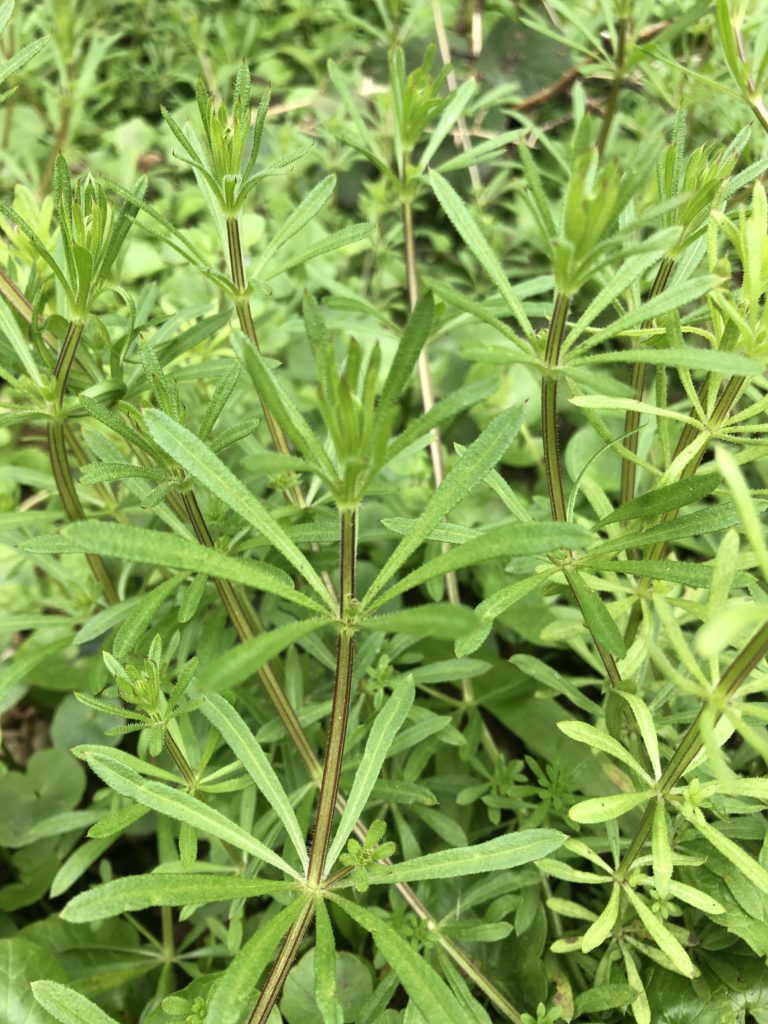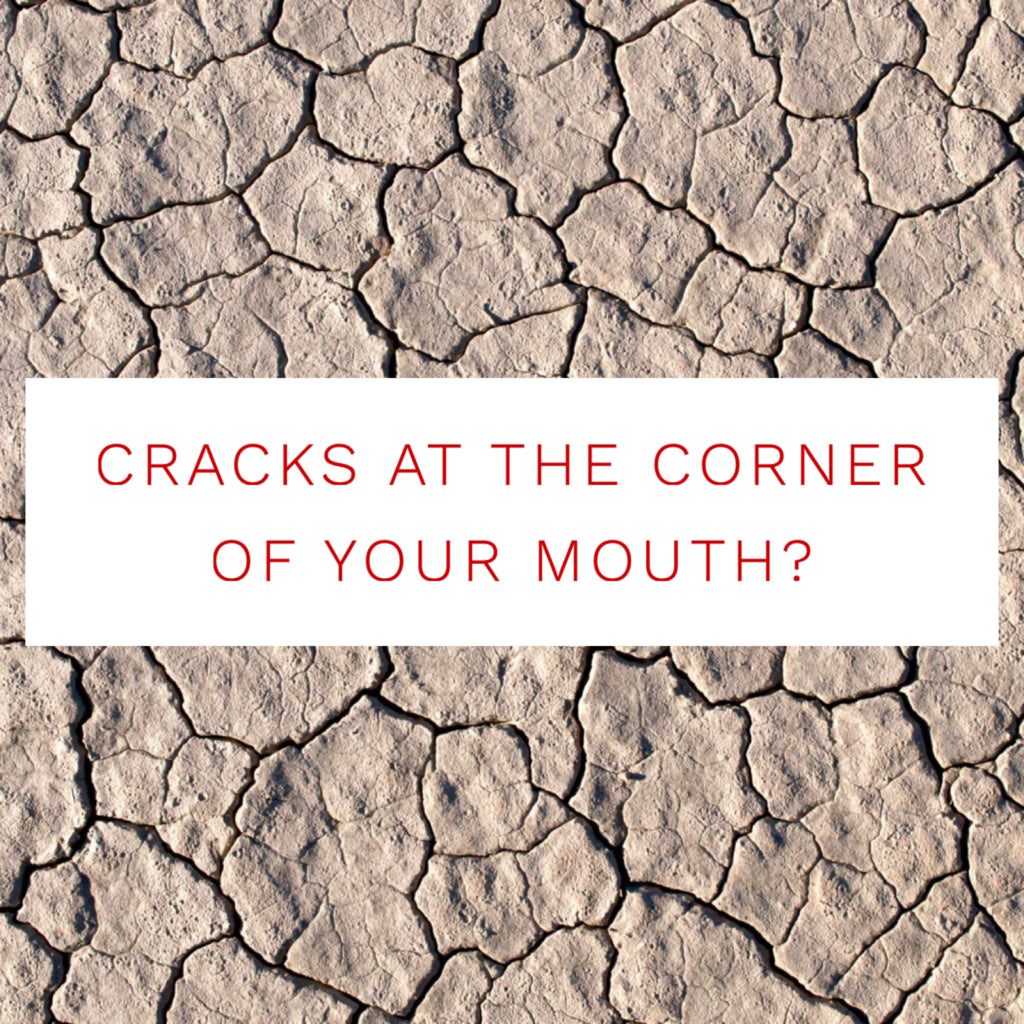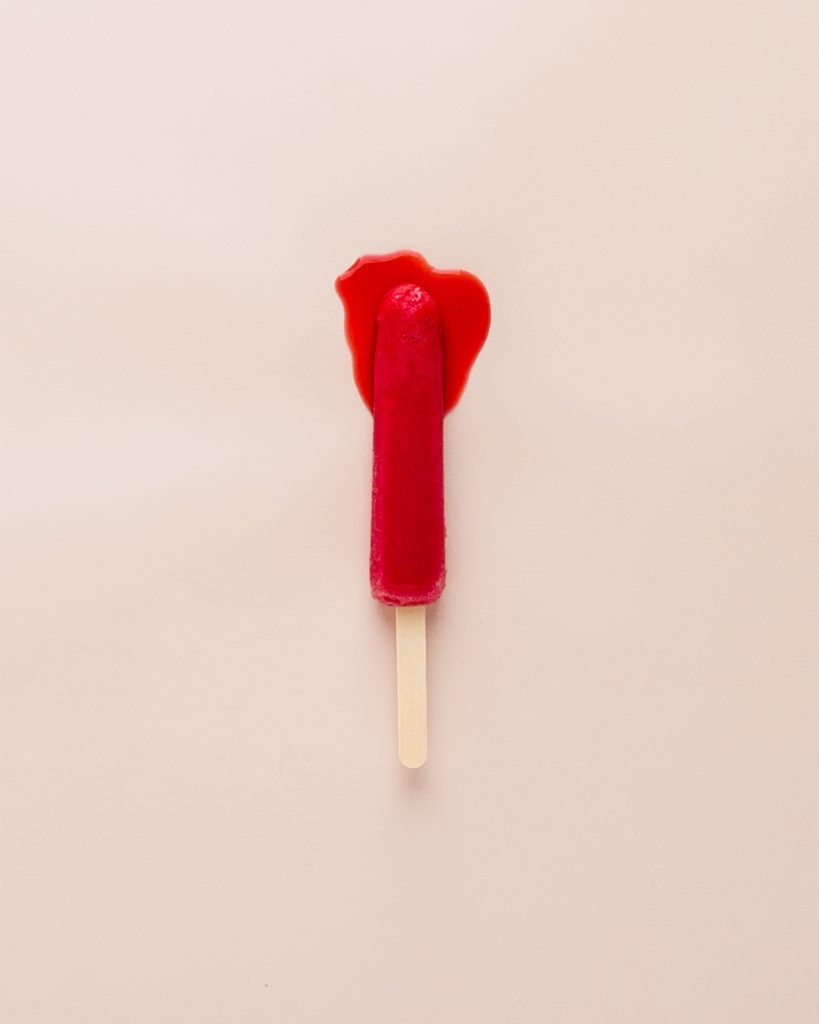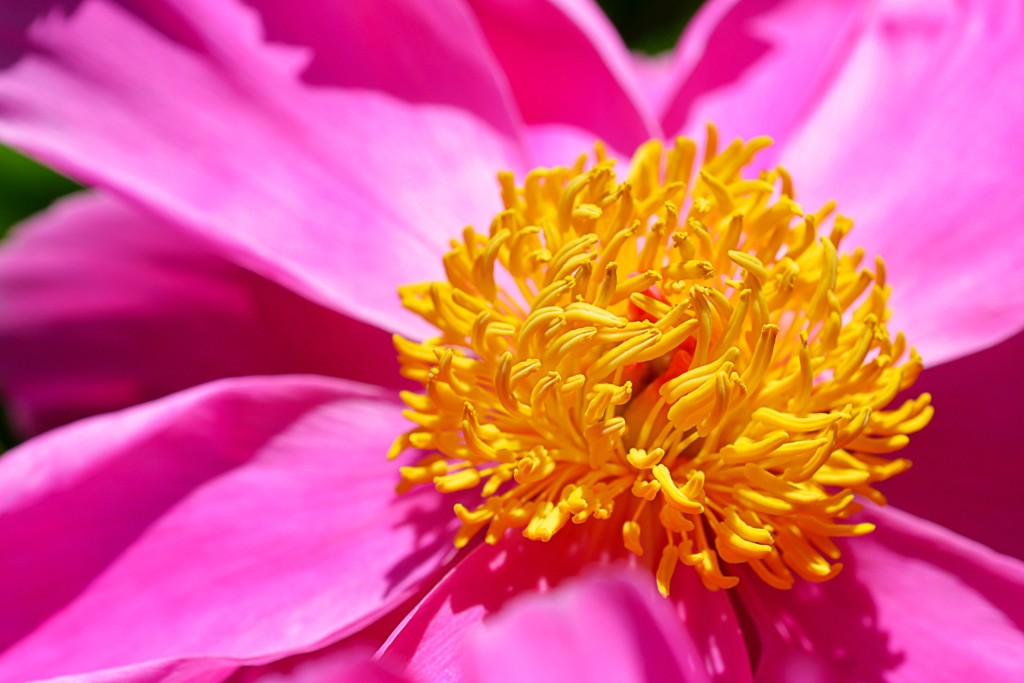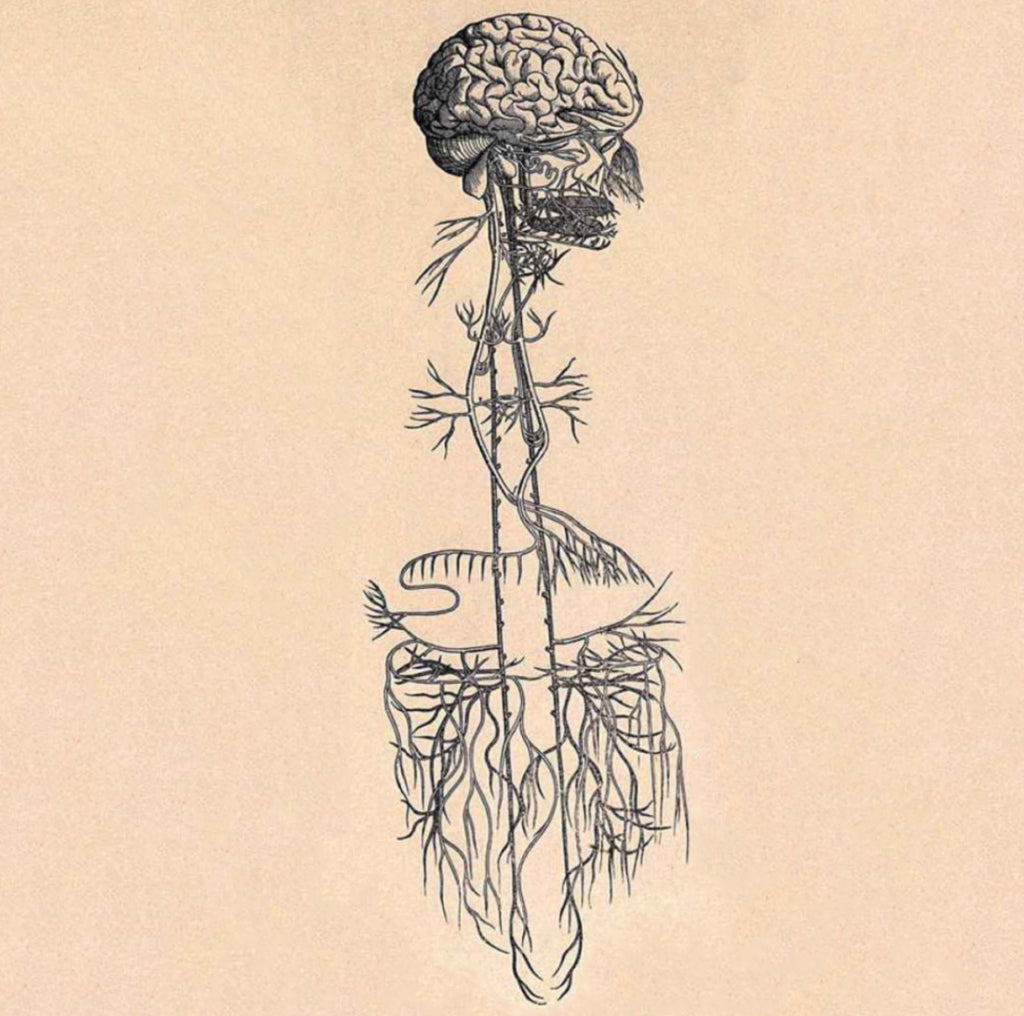Journal
- All
- Antioxidant
- Astragalus
- Blood clots
- Brain fog
- Burnout
- Cervical cancer
- Cholecystectomy
- Cold feet
- Cracked heels
- Echinacea
- Exhaustion
- Fatigue
- Gallbladder
- Headaches
- Health Advice
- Heart health
- Liver
- Low immunity
- Low white blood cells
- Memory
- Menopause
- Migraines
- Nervous system
- Perimenopause
- Recipe
- RnA ReSet
- Strokes
- Sun protection
- Thyroid
Cleavers grows abundantly in our hedgerows and springs up in waste places and fields. It is a traditional spring tonic and in 1652 Nicholas Culpepper wrote, “it is a good remedy in the Spring, eaten (being first chopped small, and...
The Chaga Mushroom and the Cancer Ward
Chaga in History The Chaga mushroom (Inonotus obliquus) doesn’t look like a regular mushroom. It is a parasitic fungus. Black, lumpy and charred-like, Chaga is found growing on the trunk of the birch tree in forests of northern Europe, Asia...
“Maybe the journey isn’t so much about becoming anything. Maybe it’s about unbecoming everything that isn’t really you, so you can be who you were meant to be in the first place” – Unknown I wonder how many of us...
Five Reasons Why You are Always Bloated
If you suffer from bloating you know it can be a horrible feeling. The belly is distended and feels tight and full. It feels like you can’t breathe, move properly or comfortably go about the day. Suffering from bloating can...
Low Thyroid Symptoms – Steps to Support Your Thyroid Health
Could you be suffering from an undiagnosed thyroid condition? Perhaps you have visited your GP with common low thyroid symptoms and a blood test revealed that all was “normal”, or maybe you are already taking prescription thyroid medication but still...
Cracks at the Corner of the Mouth
If you have suffered from cracks at the corner of the mouth you will know that simply smiling or eating can be painful. Often this inflammatory condition will clear up on its own but sometimes it can become a chronic...
The Menopause – Symptoms and Solutions
MENOPAUSAL? The subject is huge and complex. When we use the term ‘menopausal’ what we really mean is peri-menopausal, because the true menopause phase is a year or so after a woman has her final menstrual period. For some women...
Cervical Cancer Susceptibility and Ways to Support Cervical Health
Cervical cancer is a disease of susceptibility. Focusing on immunity, nutrient deficiencies and hormonal balance go a long way in supporting cervical health and lowering cancer risk.
The Healing Capacity of the Vagus Nerve
It is common to hear people talk about ‘gut feelings’, ‘gut reactions’, or perhaps a ‘feeling in the gut’, and you will probably at some point have experienced butterflies before a stressful event or after an upsetting encounter. You may...
